02:16
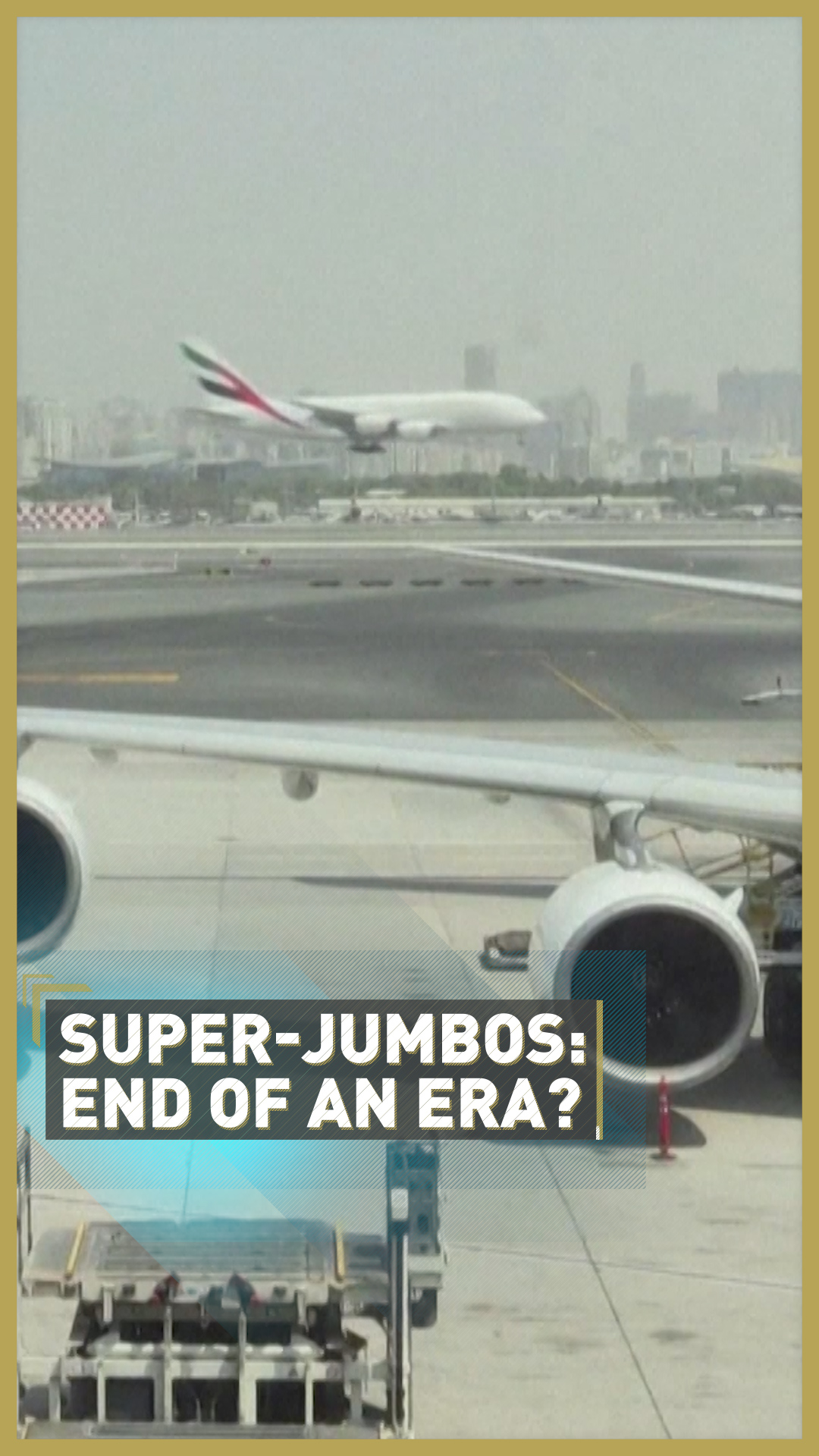
On 17 June, a convoy of trucks carrying three oversized fuselage sections of the world's largest airliner trundled through the French village of Levignac on their way to the Airbus plant in Toulouse, where the final A380 will be assembled. Production would cease in 2021, just 13 years after the aircraft entered service.
As aviation evolves in leaps and bounds, a gradual but steady transition from the four-engine behemoths to a new generation of aircraft, offering better cost-efficiency and even trumping the former in range, has been noticed.
Since the 1970s, when the Boeing 747, a revolutionary plane that changed air travel, took to the skies and was joined more than three decades later by the Airbus A380, ultra long-haul flights were usually the forte of the double-deckers.
That seems to be changing with the twin-engine Airbus A350, Boeing 787 and the soon-to-be-inducted Boeing 777X being deployed on intercontinental routes.
On 15 March, an Air Tahiti Nui Boeing 787 departed Faa'a international airport in French Polynesia at 03:14 local time and arrived at Paris Charles de Gaulle airport at 05:59 the next day. Covering a distance of 15,715 kilometers, it was the longest commercial flight on record.
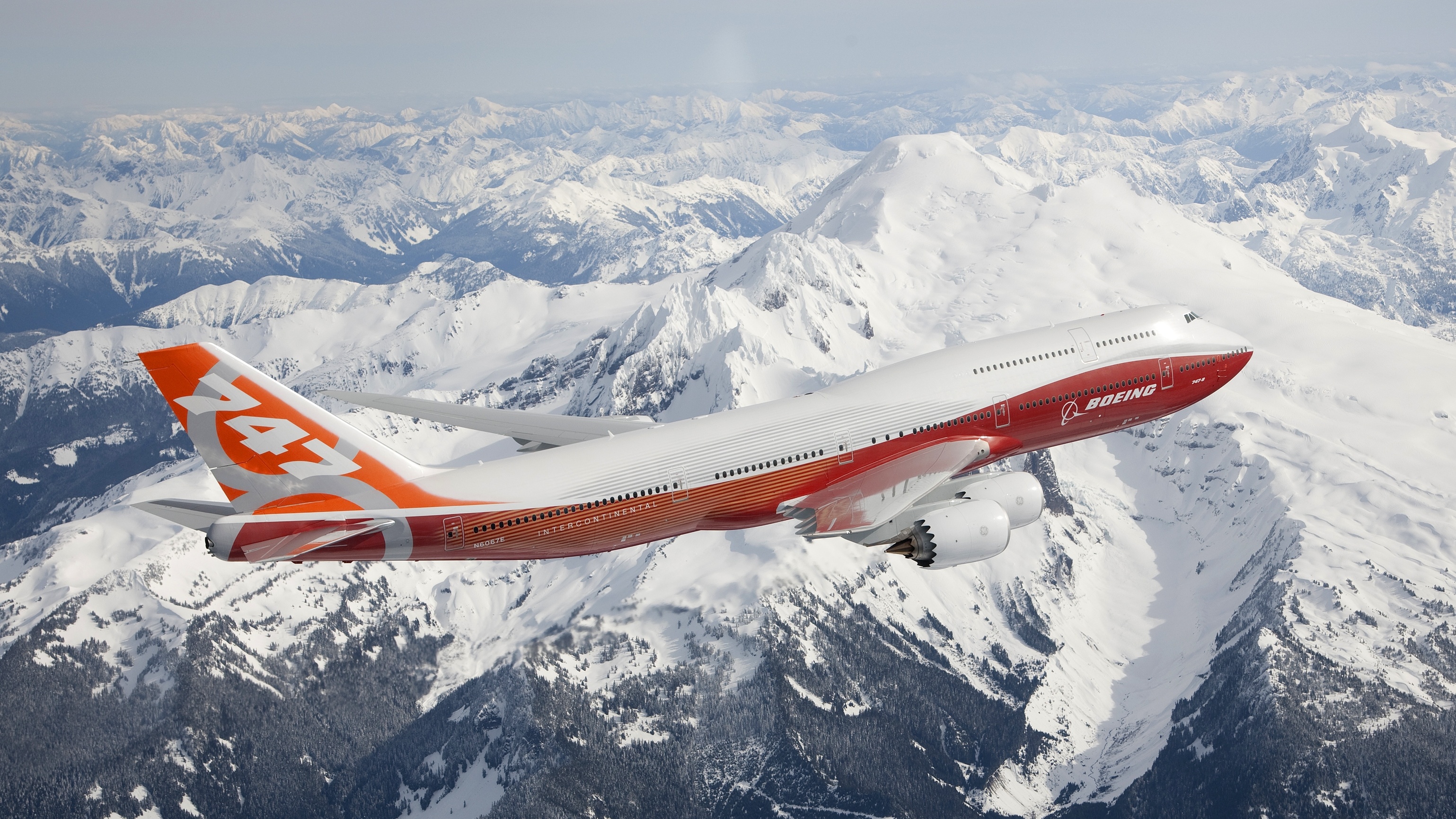
US aerospace giant Boeing has not fared well with the latest variant of the 747. /Boeing
US aerospace giant Boeing has not fared well with the latest variant of the 747. /Boeing
Improved engines, better onboard facilities and, more crucially, acute financial compulsions have hastened the retirement of the super-jumbos.
Peter Morris, chief economist at Cirium, says: "When aircraft fuel started to go up in price, there clearly was a pressure on the manufacturers from the airlines to say, 'we need to get from you an aircraft that is more efficient.'
"So, the big aircraft effectively going long distances with lots of passengers onboard, used up by far the most fuel and thus became the main focus."
On the way out?
And so it did. Air France and Lufthansa announced the withdrawal of A380s from their fleet. Dubai-based Emirates airlines, the largest operator of the plane, deactivated its first A380 and is on the verge of doing away with a few more in the near future.
In February 2019, Airbus had announced that A380 production would end in 2021. Airbus CEO Tom Enders tried to strike an optimistic note: "But, keep in mind that A380s will still roam the skies for many years to come and Airbus will of course continue to fully support the A380 operators."
01:51
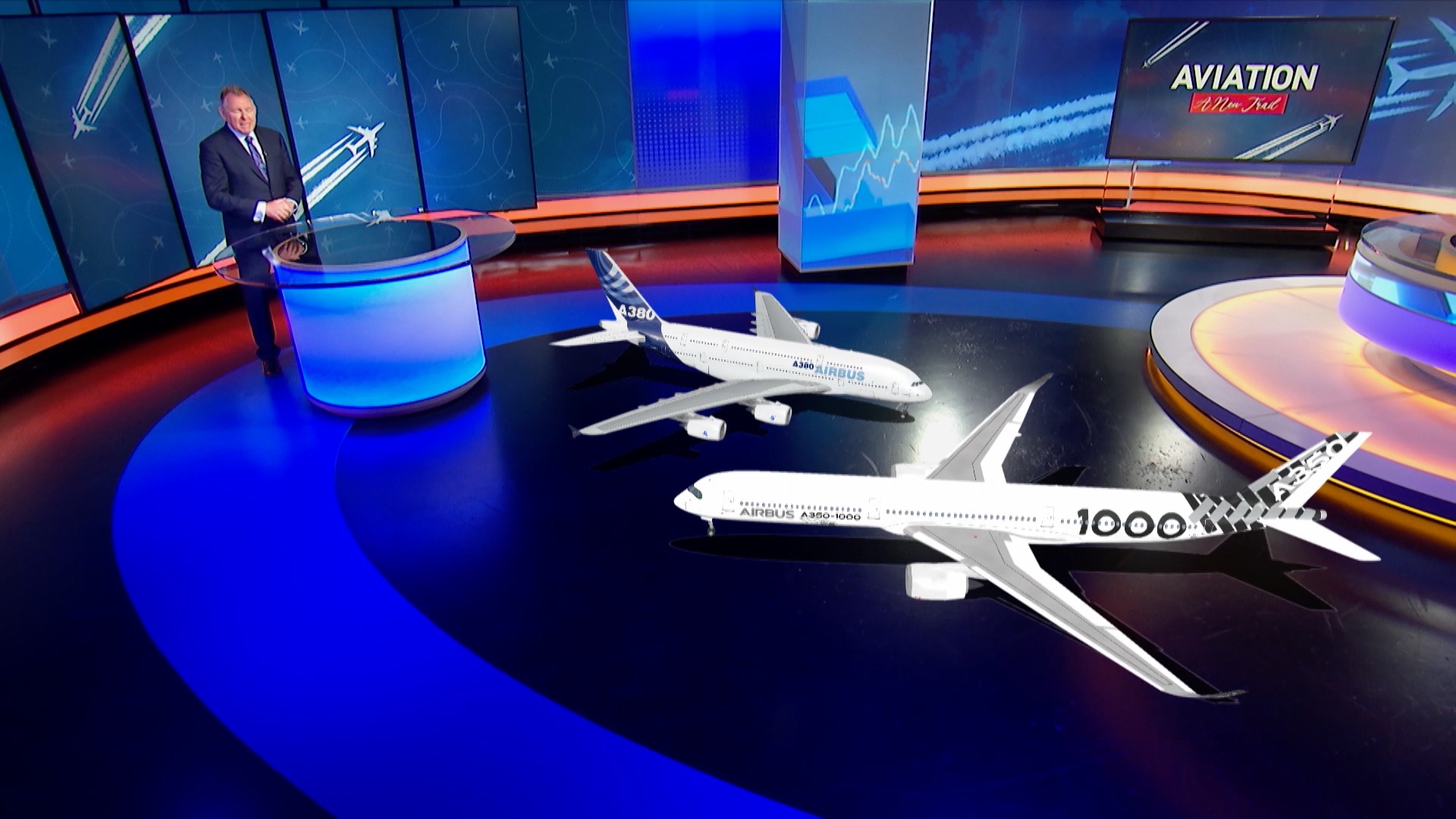
Until May 2020, Airbus had clocked 251, A380 sales and 242 deliveries.
John Grant, director at JG Aviation Consultants, pointed out that aside from Emirates, which placed another order for the A380 a few years ago, there had been no fresh orders.
"Carriers such as Singapore Airlines have begun to retire the A380. This is an aircraft which had only been around for less than 20 years and reports of it being scrapped and furloughed in such a short span of time is almost unheard of, especially, when the average life expectancy of a modern jet is in the region of 30 to 35 years," he added.
Airbus's main rival, the U.S. aerospace giant Boeing has not fared much better with the latest variant of the 747. As of April 2020, the passenger version, the 747-8 Intercontinental, received a lukewarm response with only 47 deliveries. The freighter, 747-8F, did slightly better, bagging 107 orders and 90 deliveries.
Despite boasting an impressive passenger capacity of between 410 and 544 in a three-class configuration and capable of flying close to 15,000 kilometers, the super-jumbos are falling out of favor as airlines operating on wafer-thin margins look to cut costs, a situation made worse by the recent pandemic.
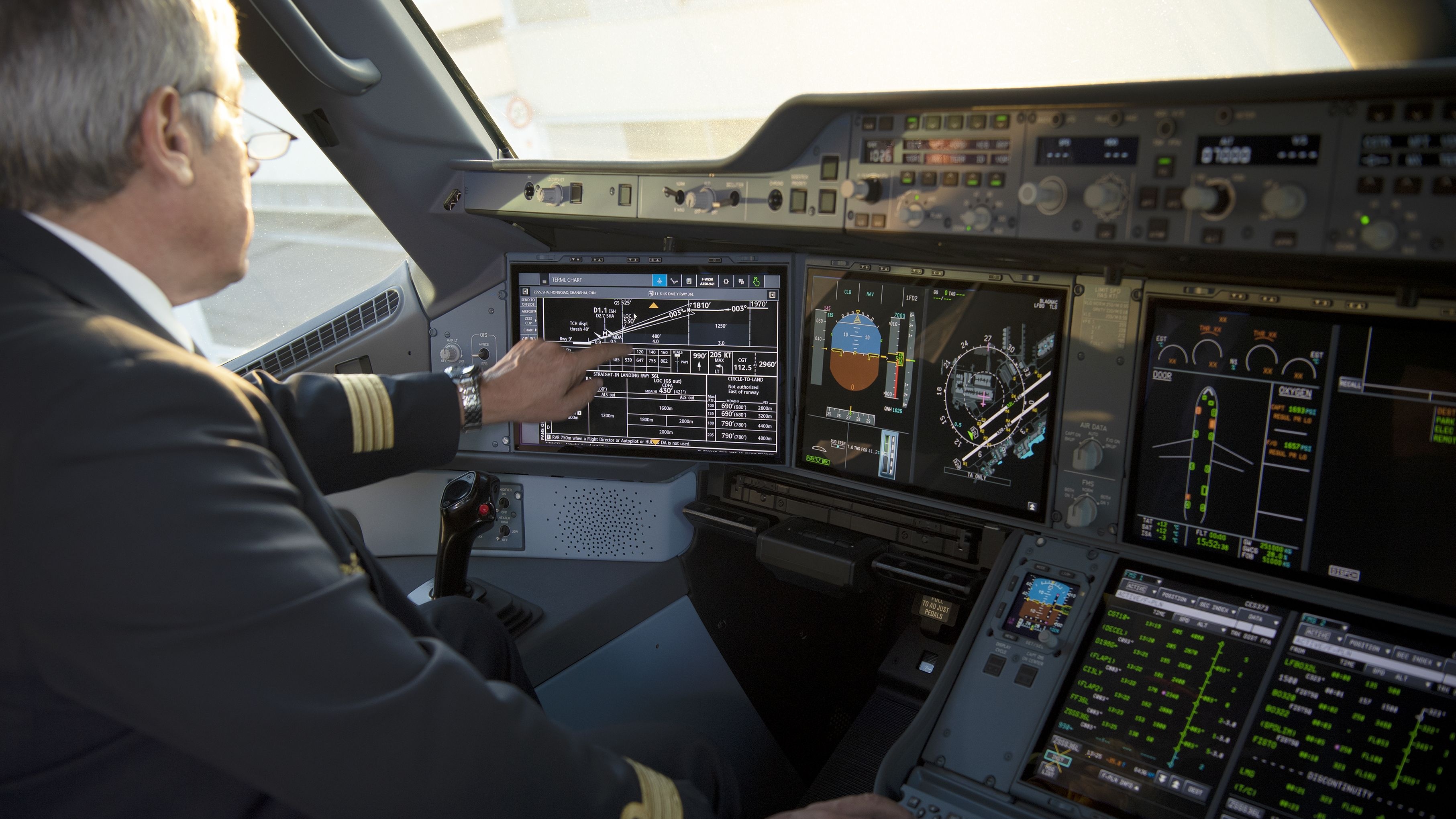
As aviation technology evolves a steady transition from the four-engine behemoths to a new generation of aircraft has been noticed. /Airbus
As aviation technology evolves a steady transition from the four-engine behemoths to a new generation of aircraft has been noticed. /Airbus
Grant says: "It's part of the evolution of the aviation industry and COVID-19 has had a role to play, too. But we were already beginning that journey of transition to smaller, more efficient aircraft types."
The business case
Low operating costs combined with better yield per seat seems to be one of the major motivations behind operators veering towards modern wide-body jets. Their cargo-carrying capacity is no less impressive, which is an added incentive.
Apart from the ease of maintenance, the reliability of twin-engine jets has been adequately demonstrated.
David Huttner, senior commercial aviation expert at PA Consulting, says: "Many years ago, there was a certain comfort factor associated with having four engines. But nowadays the engines are so reliable that a twin-engine aircraft can actually be considered just as safe."
Huttner also highlighted the slightly better onboard experience for passengers due to the use of composites in modern jetliners.
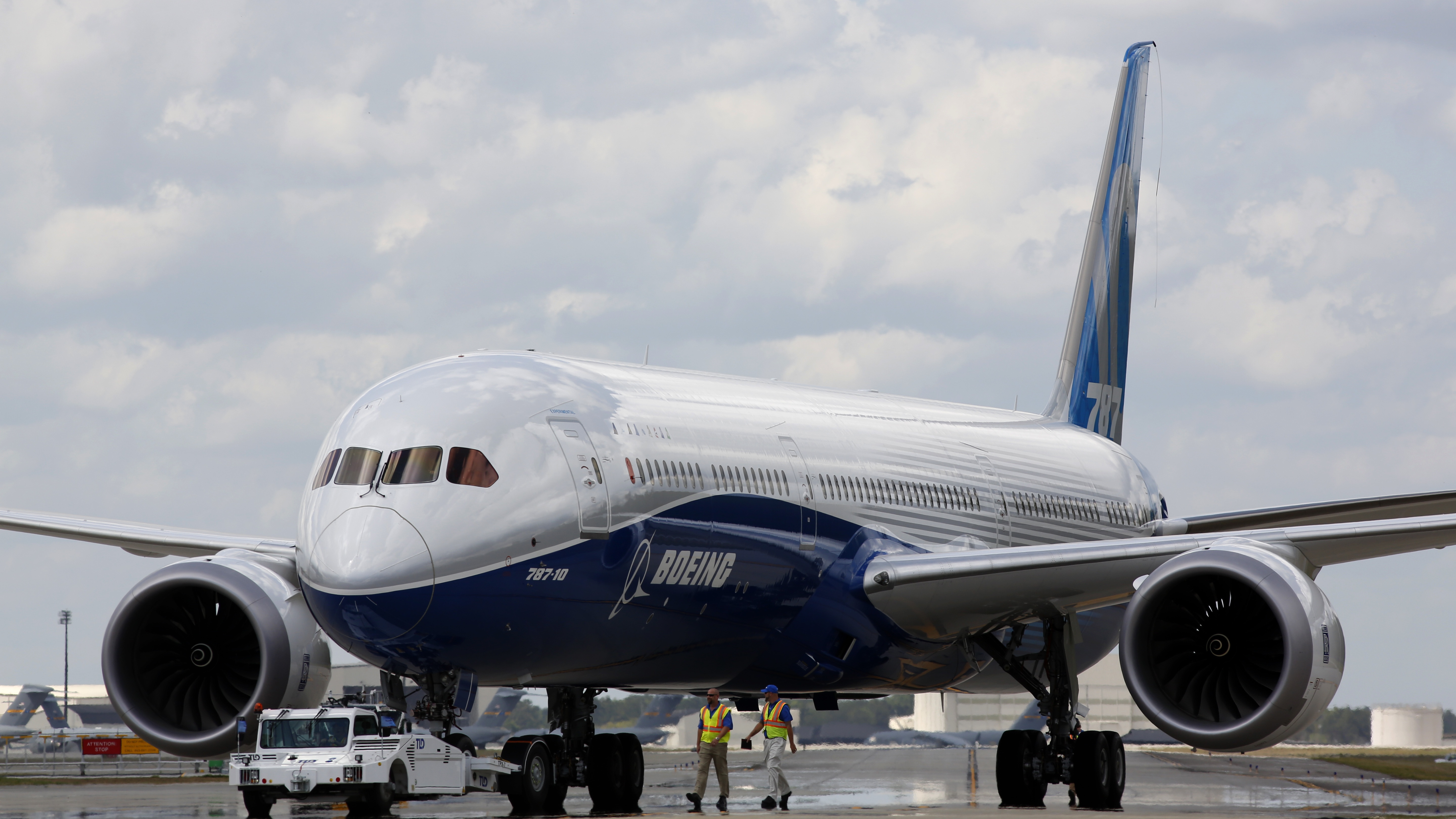
The twin-engine Boeing 787 is being increasingly used on intercontinental routes. /Mic Smith/AP
The twin-engine Boeing 787 is being increasingly used on intercontinental routes. /Mic Smith/AP
"One of the benefits of composites when you think about the inflight experience is that they allow you to have more moisture in the cabin because if it's purely a metal hull, the metal is subject to rust and corrosion. But if you use composites, a little bit more moisture inside the aircraft interior is allowed. And that translates into the passengers feeling better because the air inside is more like what one would experience on the ground."
An uncertain future
Notwithstanding the animated debate on the pros and cons of legacy aircraft and the current crop of wide bodies, it is a fact that the COVID-19 crisis has exacted a devastating cost on commercial aviation.
"What you're seeing is a dramatic, if not catastrophic, reduction of the aviation sector. So, rather than talking about the six percent growth that we've gotten used to over the years, you're now talking about almost a survival strategy for the industry," Morris states.
Plunging passenger numbers and varying levels of travel restrictions have brought business to almost a standstill, threatening to push many operators over the edge.
Desperate requests for bailouts have resulted in Air France-KLM, the Lufthansa Group and Norwegian Air receiving state funding.
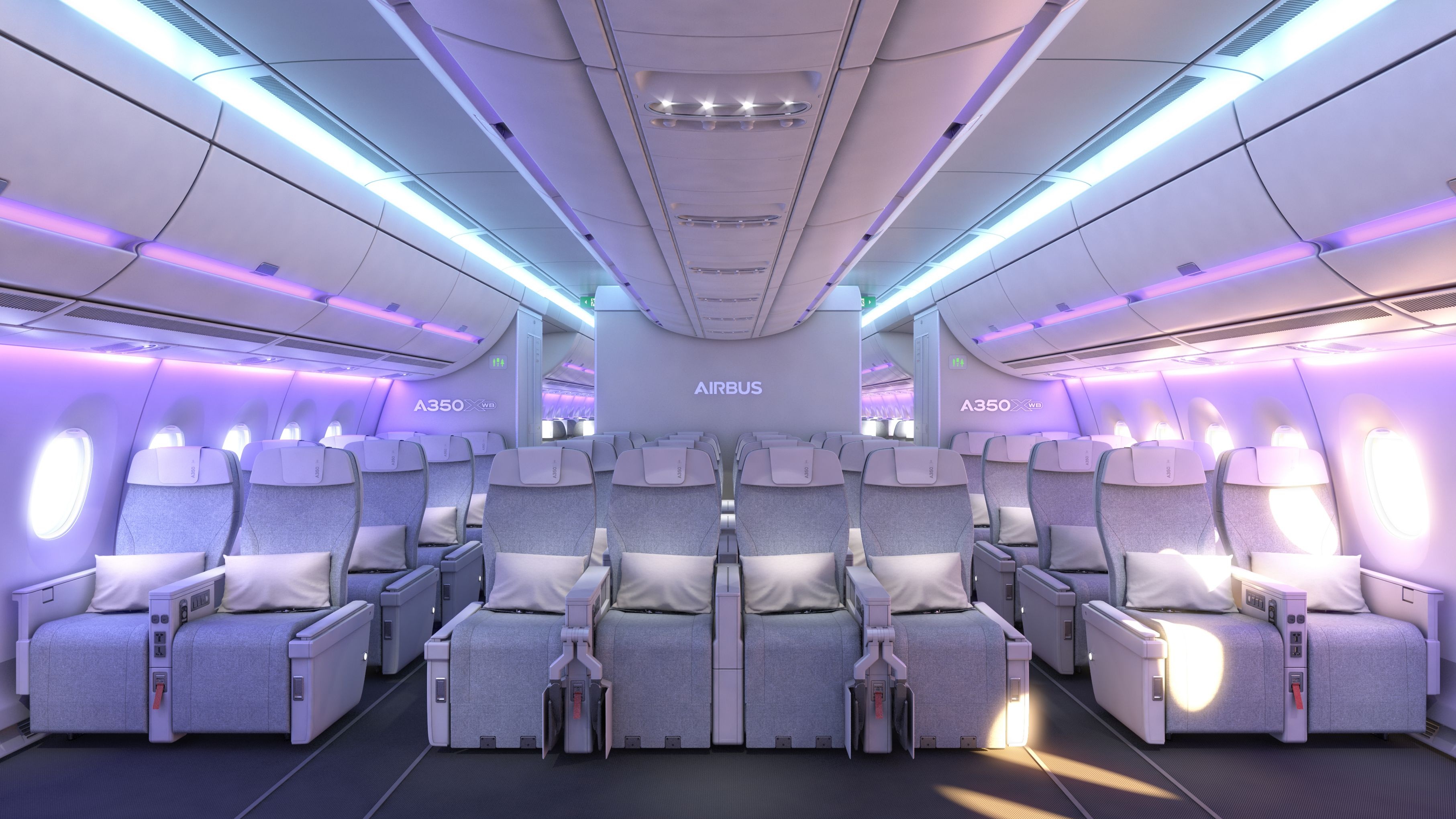
Improved onboard amenities have made ultra long-distance journeys easier for passengers. /Airbus
Improved onboard amenities have made ultra long-distance journeys easier for passengers. /Airbus
During such trying times, a hard-headed approach in trying to balance the books is inevitable and one of those measures might be phasing out fuel-guzzling platforms. But experts claim that does not mean super-jumbos would stop flying any time soon.
"It's not that COVID-19 will have killed these aircraft. These platforms will be around for a while. A lot of aircraft stay in fleets for many, many years but the further investment in the aircraft will be limited. And I think that's the key issue," Huttner says.
Video editor: Sam Cordell